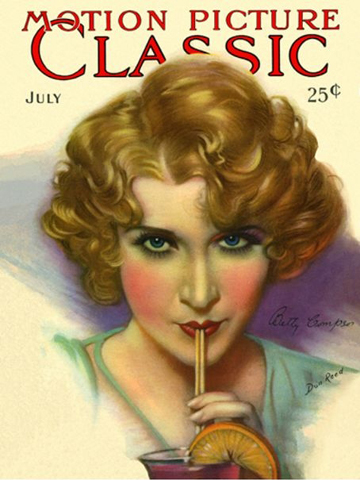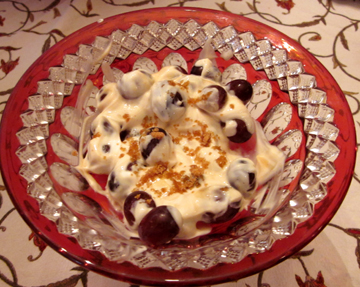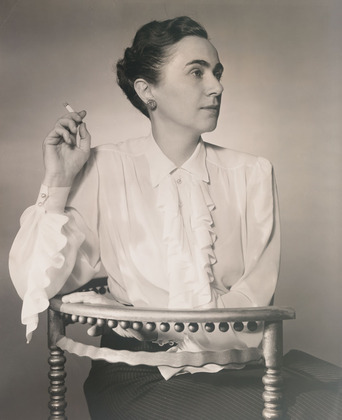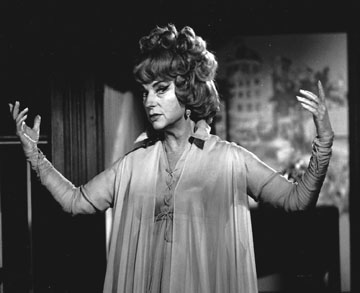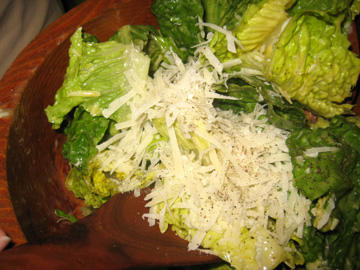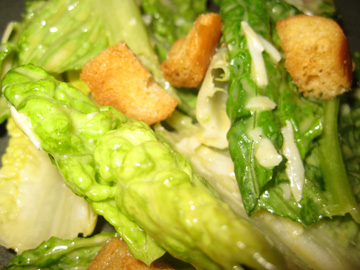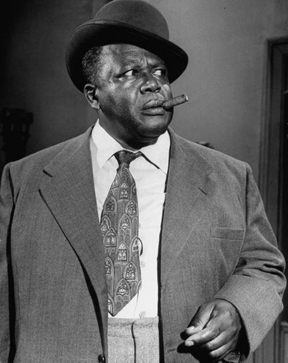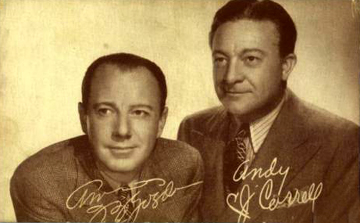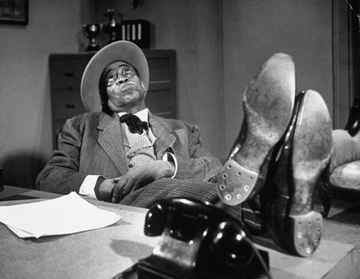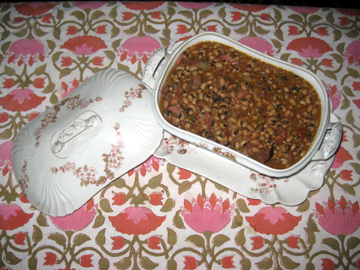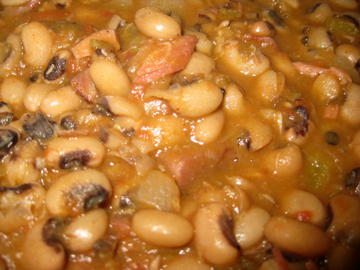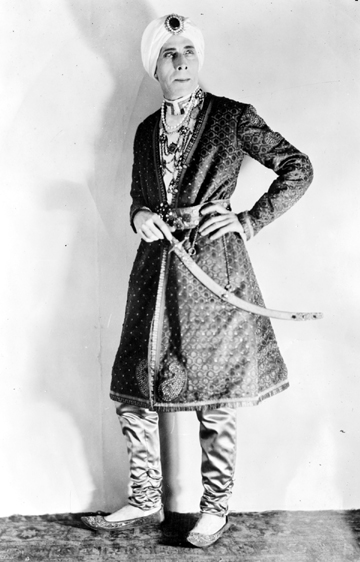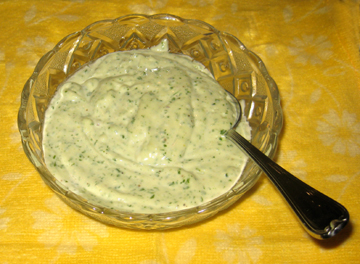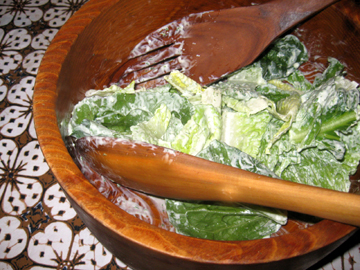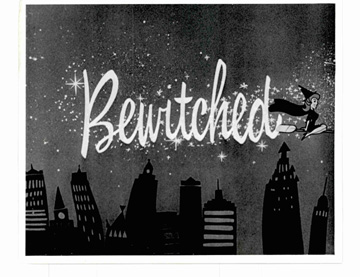
Ask a historian for a catchphrase about American television in the 1960s, and you’ll probably hear the words “vast wasteland.”
The phrase was coined in 1961 by Newton Minow, John F. Kennedy’s appointee as chairman of the Federal Communications Commission, at a meeting of the National Association of Broadcasters.
Minow suggested that broadcasters sit down and watch their own programs.
“I can assure you,” he intoned, “that you will observe a vast wasteland. You will see a procession of game shows, violence, audience participation shows, formula comedies about totally unbelievable families, blood and thunder, mayhem, violence, sadism, murder, Western badmen, Western good men, private eyes, gangsters, more violence, and cartoons. And endlessly commercials–many screaming, cajoling, offending….”
(This link will take you to the text and a recording of the speech.)
In general, critics and historians have concurred with Minow’s assessment of television in the 1960s, contrasting that decade with the 1950s in particular.
In the early ‘50s, American TV was finding its way. Weekly filmed programs vied for air space with spectacular events designed to sell television sets, personality-based shows inherited from radio, and the live dramas that epitomized the medium’s golden age.
Television wasn’t always good, but it was varied and often thought provoking.
By 1960, economic and regulatory pressures had streamlined the industry. The three networks, or companies affiliated with them, were the main source of programming.
That programming tended to consist of inexpensive, filmed shows designed to attract the most viewers and offend the fewest.
Controversy and ethnicity, which had characterized much of 1950s live drama, were weeded out. To a great extent, the decade of the 1960s was indeed one of blandness and inanity in television programming.
Why, then, are programs of the 1960s still popular? Today cable networks recycle such perennial favorites as Gilligan’s Island, The Beverly Hillbillies, and Bewitched. Most continue to attract new fans.
The secret of their longevity and vitality lies in the slippery nature of censorship.
Freud argued that whatever we repress in our personalities returns in disguised form to haunt us.
Similarly, controversy erased from the plots of popular television programs of the 1960s returned to them in symbolic form.
Network programmers anxious to placate advertisers avoided airing programs dealing, for example, with race relations or with the rumblings of feminism.
These themes resurfaced in disguise.
Programs like The Addams Family, The Munsters, and My Favorite Martian represented exercises in dealing with the “other” in mainstream American culture. If we couldn’t have black, Hispanic, or gay others, we could have oddballs and aliens.
The Beverly Hillbillies and Green Acres dealt with the ever present split between rural and urban America, the contrast between the agrarian ideal and commercial values.
Similarly, a feminist undercurrent flowed through Bewitched (1964-1972). This series presented weekly stories in which female power was constantly but impermanently quashed by an insecure patriarch.
It doesn’t take a Ph.D. (although luckily I have one) to perceive the show’s implicit argument that women should be freed from household drudgery and allowed to explore their powers.
It is unlikely that the program’s producers were aware of making that argument, which sprang from a sort of collective American unconscious.
In this series, benign witch Samantha Stephens (Elizabeth Montgomery) dwells in the suburbs of Connecticut with her mortal advertising-executive husband, Darrin (Dick York, replaced in 1969 by Dick Sargent).
The fundamental rule of their marriage is that Samantha, who could clean the house and cook a banquet in five seconds just by twitching her nose, is not allowed to use her powers of witchcraft but must spend each day doing housework.
Samantha tries valiantly and cheerfully to live up to her side of this bargain. Of course something always gets in the way of her vow to be witchcraft free; otherwise, there would be no story. Often, the something that gets in her way is one of her relatives—primarily her mother Endora, played with glamorous panache by Agnes Moorehead.
This mother-in-law to end all mothers-in-law cannot fathom her daughter’s choice of a husband, an attitude with which the program invites viewers to sympathize.
Samantha is beautiful, intelligent, fun, and generous. The best one can say of the nebbishy Darrin is that he works hard at his job and never looks at another woman.
Luckily for the storyline, Samantha ends up twitching her nose to resolve the conflict in almost every episode, although she is always careful to allow Darrin to continue to delude himself that he is in charge of his home, his marriage, and his career.
The program thus both pays tribute to the power of the housewife of the era, who was proverbially smart enough not to let her husband know just how smart she was, and exposes the system that kept her from stretching her wings.
The popularity of Bewitched goes beyond its unconscious feminist message, of course. The show survived because of its engaging star, talented writers, and excellent supporting cast.
Recurring guest stars included the great Shakespearean actor Maurice Evans as Samantha’s father, Montgomery herself as Samantha’s semi-identical cousin Serena, and Paul Lynde as the young witch’s Uncle Arthur.
In the episode that spurred this post, “Samantha’s Caesar Salad,” Tony-award winning actress Alice Ghostly took center stage as Samantha’s hapless maid, Esmeralda.
The episode dates from the program’s sixth season. Darrin has finally relented and allowed Samantha to employ household help since she is pregnant with the couple’s second child.
Endora has recommended Esmeralda, a timid witch whose powers are erratic.
When Samantha leaves Esmeralda in the kitchen with the ingredients for a Caesar salad the maid decides to take a short cut. The ensuing spell accidentally brings Julius Caesar into the Stevens home—and he is in no mood to return to ancient Rome.
Samantha’s surprise at this turn of events is a tribute to Elizabeth Montgomery’s acting skill, particularly since Uncle Arthur had pulled a similar stunt with pastry and Napoleon Bonaparte just the year before in the episode “Samantha’s French Pastry.”
Although my Napoleons are worthy of an emperor they’re horrendously fattening. For the moment I’m sticking to Caesar salad.
Bonus appetitus, as Julius himself might have said. (He might not have. My Latin is a little rusty!)
I’ve always loved Caesar salad, although I tend not to make it often. It’s a fair amount of work, and then there’s the vexing question of the egg yolks: is it okay to serve them raw (or almost raw; you’ll see from the recipe that they get cooked a little and also whisked with lemon juice to help fight bacteria)?
If you’re really worried about the egg yolks you may omit them and make a simple vinaigrette—but they do add depth to the salad.
Caesar salads were beloved in the 20th century by many chefs because they are best assembled at the table, preferably with panache.
Whenever I see one being put together I think of the wonderful Jules Munshin in the film Easter Parade. His “Salad François” isn’t quite a Caesar, but it shares many of the same elements, plus a little Munshin ham.
Ingredients:
for the croutons:
2 cups cubed French or Italian bread (slightly stale bread is best, but use what you have!)
a splash or two of extra-virgin olive oil
a dash of sea salt
for the dressing and salad:
1 large head romaine lettuce
2 cloves garlic, slightly crushed
2 eggs, as fresh as possible (pasteurized are best, but I can never find them)
4 anchovies, cut into small pieces
1 splash Worcestershire sauce
1 pinch salt
2 tablespoons lemon juice
6 tablespoons extra-virgin olive oil
2 small handfuls freshly grated Parmesan cheese
lots of freshly ground pepper
Instructions:
First, make the croutons. (This may be done the day before you make the salad.) Preheat the oven to 350 degrees. In a medium cast-iron skillet (8 to 10 inches) place just enough oil to cover the bottom. Toss in the bread cubes. Splash in a tiny bit more oil, and stir to coat the cubes as well as you can.
Bake the oiled croutons until they turn golden brown, 20 to 30 minutes, tossing them every 5 minutes or so. Remove the croutons from the oven, toss on the salt, and allow them to cool completely.
If you don’t plan to use them immediately, store them in a plastic bag or a tin until you need them.
For the salad wash and trim the romaine. You should have pieces that are easy to eat but still substantial looking.
Rub the garlic pieces on the inside of a wooden salad bowl to spread their oil; then discard the garlic.
Bring the eggs to room temperature by placing them in warm water for a few minutes. Drain them, and pour boiling water over them. Allow the eggs to sit for 1 minute; then drain them again and immediately bathe them in cold water to cool them off. This is called coddling the eggs lightly.
Separate the egg yolks from the whites, and discard the whites. Set the yolks aside briefly.
Place the anchovies in the salad bowl and mash them with a fork or a pestle. Use a fork to whisk in the egg yolks, followed by the lemon juice and the Worcestershire sauce. Continue to whisk for 2 to 3 minutes; then add the salt.
Add the oil, a few drops at a time, whisking constantly, followed by the first handful of cheese.
Toss in the lettuce leaves, and top them with the pepper and the rest of the cheese. Add the croutons, toss, and serve.
Serves 4.
